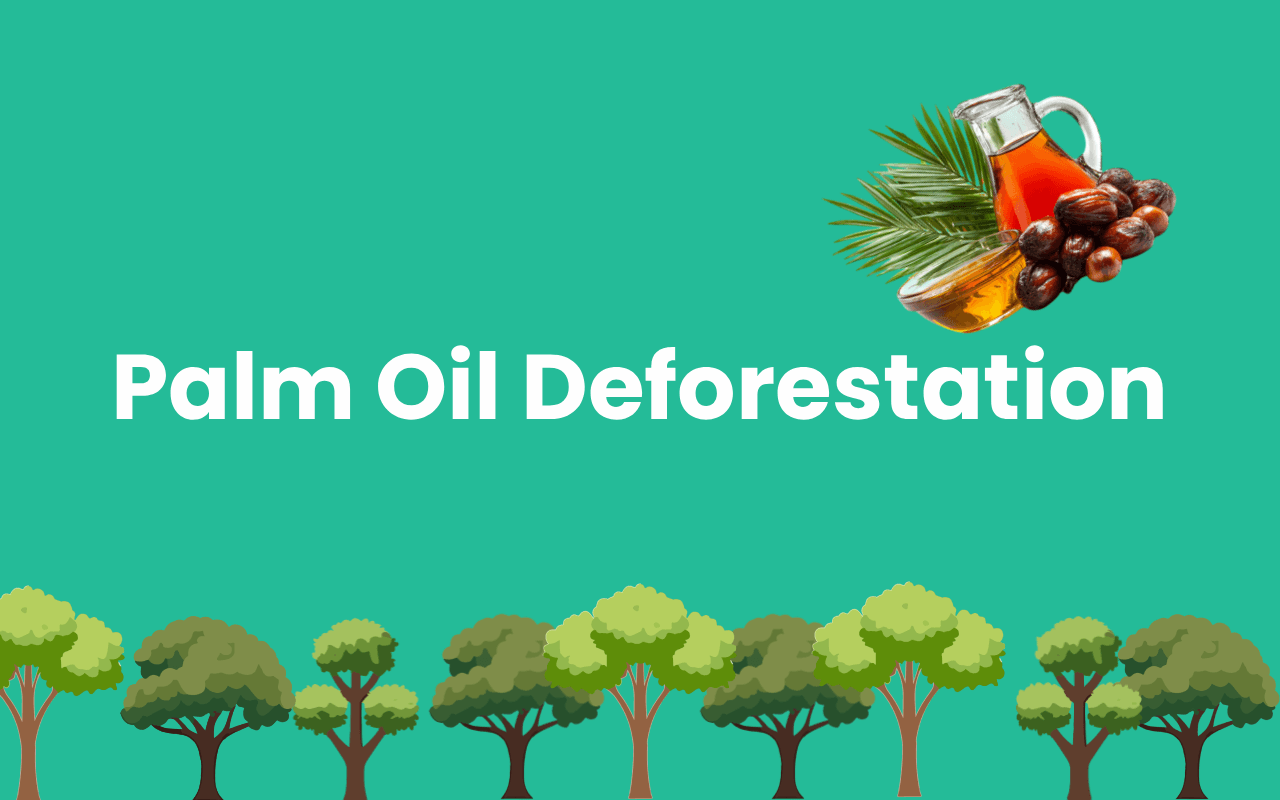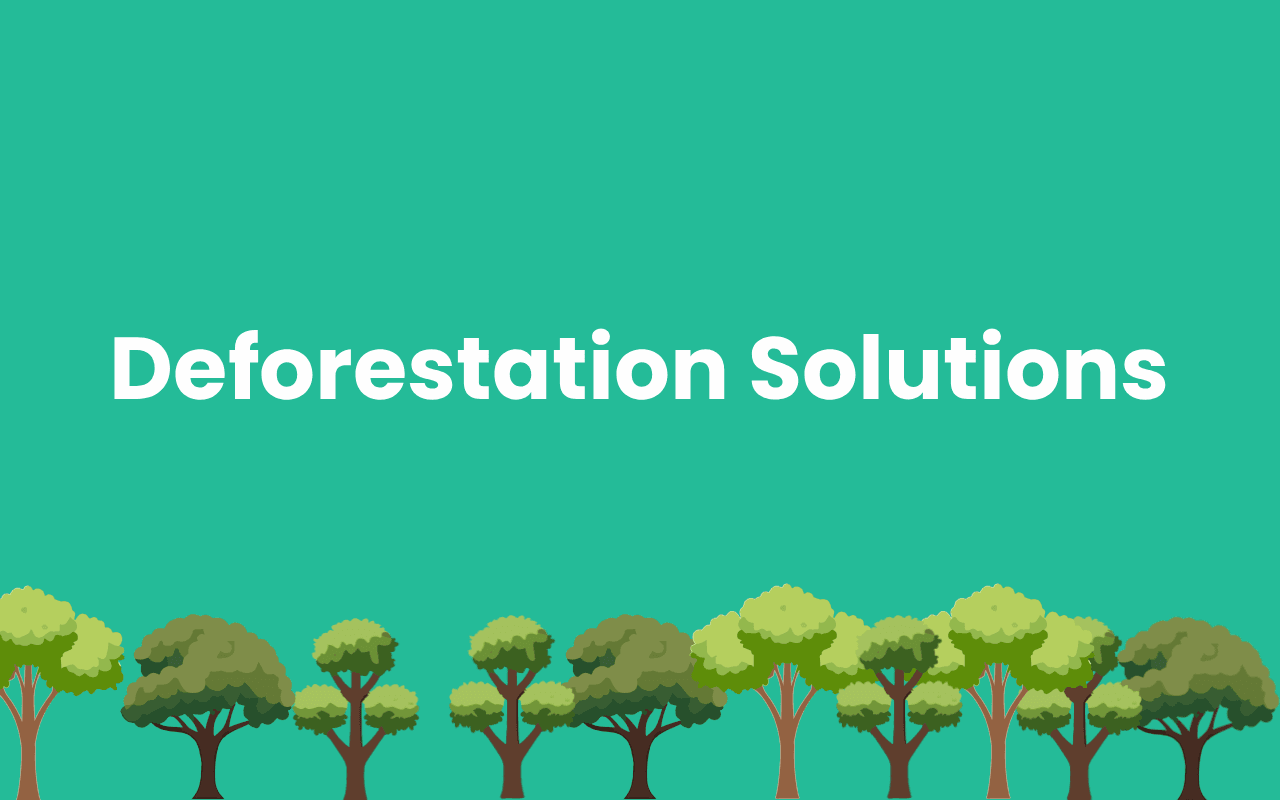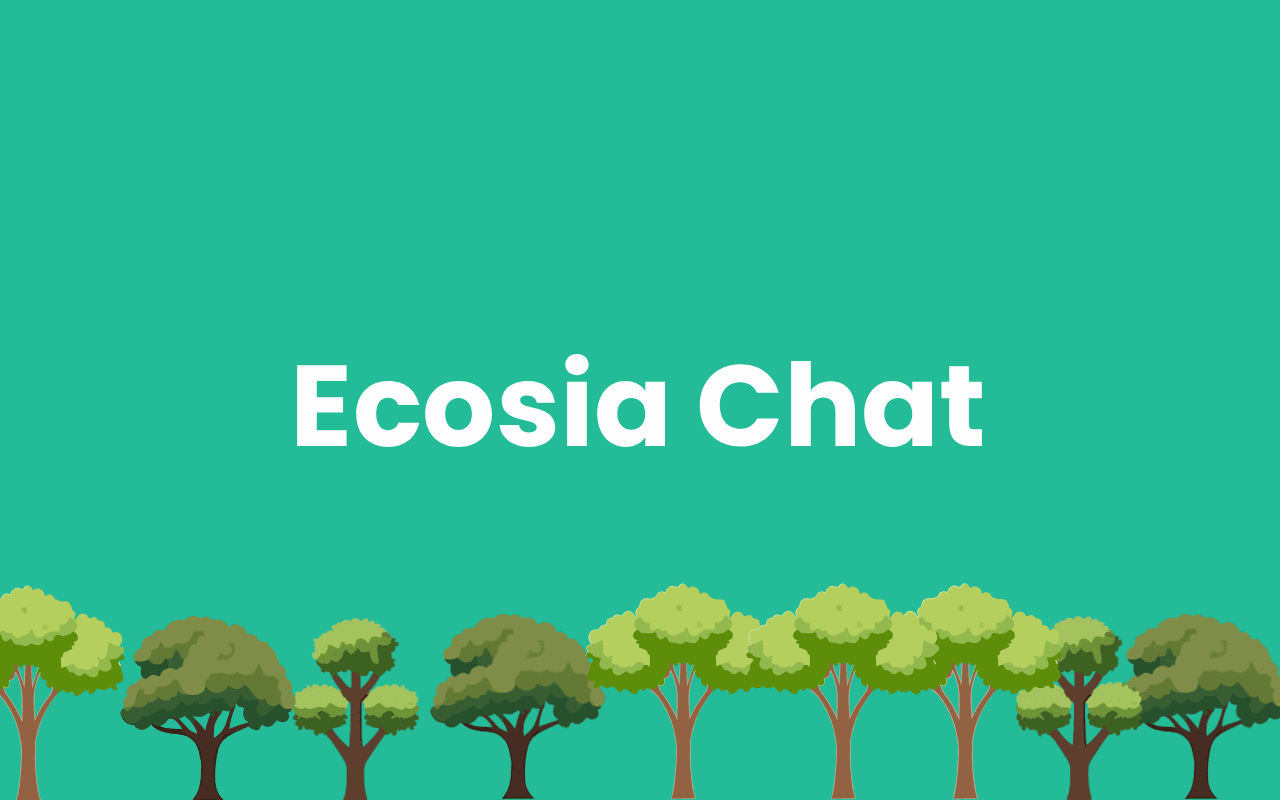
Planet Wild vs Mossy Earth: Which Conservation Membership Offers the Best Rewilding Impact in 2025?
The Rise of Rewilding Memberships
In an era where climate change and biodiversity loss present existential challenges, conservation organizations are pioneering innovative approaches to restore our natural world. Two prominent players in this space, Planet Wild and Mossy Earth, have emerged as leading membership-based platforms that enable individuals to directly fund rewilding and conservation efforts around the globe.
As we navigate through 2025, with wildlife populations having plummeted by 73% since 1970 according to the World Wildlife Fund's Living Planet Report, the need for effective conservation strategies has never been more urgent. This comprehensive comparison explores how these two organizations approach rewilding, their membership models, transparency practices, and overall impact to help you make an informed decision about where your conservation dollars can make the most difference.
What is Rewilding and Why Does it Matter?
Before diving into our comparison, let's clarify what rewilding is and why it's gaining traction among conservation strategies in 2025.
Rewilding goes beyond traditional conservation practices, focusing on restoring ecosystem processes and allowing nature to manage itself with minimal human intervention. Unlike preservation-focused conservation that might simply protect existing landscapes, rewilding aims to actively restore degraded ecosystems, reintroduce lost species, and recreate natural processes that have been disrupted by human activities.
As Sir David Attenborough has noted, rewilding might be "the best thing we can do" to address climate change while simultaneously bolstering biodiversity. Healthy, rewilded ecosystems sequester carbon, improve water quality, enhance resilience against extreme weather events, and support countless species that might otherwise face extinction.
Planet Wild: A Global Community for Monthly Missions

Organization Overview
Planet Wild positions itself as "a global community of people that deeply care about the planet," with a mission to "bring back endangered species, clean up oceans, and rewild entire landscapes." Founded by three Berliners—Markus Gilles (a sociologist), Jonas Brandau (a filmmaker), and Andreas Pursian (a software engineer)—Planet Wild operates on a unique monthly mission model.
Approach to Conservation
The organization partners with different conservation initiatives each month, bringing financial support to various projects around the world. Their focus areas are divided into four main categories:
Forests - Rewilding ancient forests and building biodiversity corridors
Oceans - Supporting initiatives addressing plastic waste and noise pollution
Animals - Protecting endangered and keystone species
Awareness - Education and outreach about conservation issues
Each monthly mission is thoroughly documented with videos and detailed reports, allowing members to see exactly how their contributions are making a difference. This mission-based approach provides variety and allows members to experience different conservation efforts worldwide without leaving their homes.
Membership Model
Planet Wild offers a flexible membership structure with monthly contributions ranging from €6 to €500, with options for annual payments as well. When joining, members vote on which of the four impact areas they care about most, directing where their funds will be allocated.
According to their transparency documentation, 85% of funds go directly to these impact areas, while 15% covers operational costs including their Berlin office and staff salaries. Members can adjust or cancel their membership at any time, providing considerable flexibility.
Transparency Practices
Planet Wild produces comprehensive monthly mission reports detailing exactly how funds are spent, complemented by an annual financial report. Each mission is 100% video documented and shared on their YouTube channel, providing visual verification of their work.
The organization uses an app-based tracking system that allows members to monitor the impact of their contributions, which represents a modern, tech-forward approach to transparency in the conservation space.
Mossy Earth: Science-Driven Ecosystem Restoration

Organization Overview
Mossy Earth describes itself as an organization with "one mission in mind: to restore nature." Founded by Matthew Davies and Duarte de Zoeten, Mossy Earth distinguishes itself as a private limited company rather than a charity, emphasizing that their membership is a service rather than a donation.
This unique structure reflects their belief that ecosystem restoration should be a valued service that people willingly pay for, not just a charitable cause. They're proudly "bootstrapped and fiercely independent," having never taken external investments or philanthropy money.
Approach to Conservation
Mossy Earth implements "high impact rewilding projects across a wide range of ecosystems," with a science-first methodology. Their work spans diverse environments "from the bottom of the sea to the mountain tops," including:
Kelp forest restoration in Portugal
Conservation grazing to restore oak wood pastures in Slovakia
Ridding submerged caves of waste to protect cave-dwelling species
River habitat improvements
Native forest restoration
What sets Mossy Earth apart is their team of conservation biologists who research, implement, and monitor each project following a detailed rewilding protocol designed to maximize impact. They've developed an in-depth "Rewilding Impact Methodology" to ensure they select the most impactful projects.
Their approach is distinctly scientific, starting projects as small trials that only expand when positive results are clearly demonstrated. This allows them to fail small and scale successes, while generating valuable data that they openly share through conservation evidence partnerships.
Membership Model
Mossy Earth offers a £10 monthly membership that plants four trees each month and contributes to various rewilding projects. Their model emphasizes direct action and long-term sustainability, positioning the membership as "a pathway to action."
Transparency Practices
Mossy Earth has built extensive infrastructure to ensure members can verify their impact independently. Their transparency practices include:
Publishing detailed management plans for each project
Sharing GPS coordinates of interventions
Providing relevant maps
Capturing before and after 360-degree photos
Creating on-the-ground videos
Regular update posts written by their biologists
Project podcasts explaining their reasoning
Quarterly financial reports
An in-depth transparency dashboard that estimates impact using a results-based approach
They also involve members in governance by allowing votes on certain project decisions and maintain open communication through Discord, calls, and emails. Mossy Earth considers their members "an extension of our team," fostering a sense of community and shared purpose.
Financial Growth and Impact Allocation
The financial and membership growth figures for both Mossy Earth and Planet Wild from 2023 to 2024 are quite telling of their effectiveness and appeal in the conservation space.
Mossy Earth's earnings increased from £1.3 million to £1.7 million, and their membership grew from 12,112 to 14,654 members. This steady growth, with a 5% increase in membership each quarter, suggests a strong and consistent interest in their science-driven, evidence-based approach to rewilding. Allocating 80% of their earnings to rewilding efforts indicates a significant commitment to their mission, likely contributing to their credibility and attractiveness to potential members.
Planet Wild, on the other hand, saw a dramatic increase in earnings from €138,559 to €754,042, and their membership surged from 2,000 to 11,000 members. This rapid growth reflects a successful engagement strategy, possibly driven by their dynamic monthly missions and engaging content. With 91% of their earnings directed towards rewilding initiatives, they demonstrate a high level of dedication to their cause, which likely resonates well with their audience.
Overall, the numbers highlight both organizations' effectiveness in attracting and retaining members while ensuring a substantial portion of their resources is dedicated to impactful conservation efforts.
Key Differences: Planet Wild vs Mossy Earth in 2025
Project Selection and Focus
Planet Wild adopts a broad approach, working with a new partner organization each month to bring back endangered species, support oceans, or rewild forests. This creates a dynamic experience where members can see their contributions spread across diverse projects worldwide. Their focus seems to be on creating engaging content around their missions, with professional videography documenting each project.
Mossy Earth takes a more concentrated, science-driven approach, selecting projects based on a rigorous impact methodology developed by their team of biologists. Rather than spreading across many short-term projects, they focus on creating sustainable, long-term impact through carefully evaluated interventions. Their emphasis is on evidence-based conservation and rewilding practices.
Community Engagement
Planet Wild builds community through shared monthly missions that all members participate in, creating a unified experience. Their app-based engagement centers around their video content and mission reports.
Mossy Earth creates community through deeper involvement in their projects, allowing members to vote on decisions and directly engage with their team of biologists. Their transparency dashboard, podcasts, and Discord server foster a more participatory relationship.
Organizational Structure
Planet Wild operates as a Berlin-based organization with a focus on partnering with established conservation initiatives worldwide.
Mossy Earth is incorporated as a private limited company in the United Kingdom (not a charity), emphasizing that ecosystem restoration should be viewed as a valuable service rather than charity. This structure allows them to compete in the market, forcing continuous improvement of their services.
Documentation and Reporting
Planet Wild emphasizes high-quality video documentation of their missions, producing comprehensive mission reports monthly and financial reports annually.
Mossy Earth provides extremely detailed project documentation including management plans, GPS coordinates, maps, 360° photos, field reports, and an innovative impact tracking dashboard. Their quarterly financial reports complement their extensive project documentation.
Which One Should You Choose in 2025?
Choose Planet Wild if:
You prefer a variety of conservation projects across different regions and focus areas
You enjoy engaging video content that showcases conservation efforts worldwide
You want to support a different initiative each month
You're looking for a membership with flexible contribution levels
You appreciate a mission-based approach with clear monthly outcomes
Choose Mossy Earth if:
You value science-driven conservation with rigorous impact assessment
You prefer long-term, sustainable projects with detailed transparency
You want to be more involved in project decisions through voting
You appreciate their technical approach with comprehensive documentation
You're interested in the ecological science behind rewilding interventions
Conclusion: The Future of Rewilding Memberships
Both Planet Wild and Mossy Earth represent innovative approaches to conservation in 2025, addressing the urgent need for ecosystem restoration in complementary ways. Planet Wild's dynamic monthly missions create engagement and awareness across diverse projects, while Mossy Earth's science-driven methodology ensures carefully vetted interventions with long-term impact.
The choice between them ultimately depends on your personal preferences regarding engagement style, project selection, and transparency practices. What's certain is that both organizations are pioneering a new model of conservation funding that empowers individuals to directly contribute to rewilding our planet at a time when it's never been more critical.
As we face mounting environmental challenges, these membership models demonstrate how collective action can drive meaningful conservation outcomes. Whether you prefer Planet Wild's global monthly missions or Mossy Earth's evidence-based approach, your contribution helps restore wild ecosystems, support biodiversity, and fight climate change—one membership at a time.



